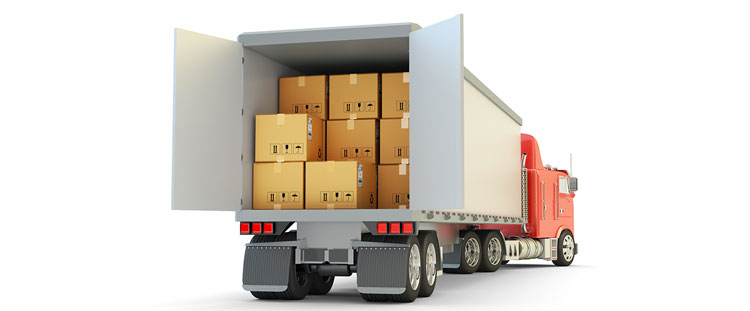
Logistics and supply chain management isn’t easy. It can make or destroy a business if not handled properly and many times all decisions go through just one person, who must take care of inventory and shipping at the same time. But not everything is lost. There are ways to make everything simpler with a series of advice I’ve put together to help you.
Thanks to experts from companies like UPS, Neologistix Supply Chain and Forbes I’ve compiled a list of tips and tricks you’ll be able to put at work in your business, or might help you realize what is wrong if things aren’t going as planned.
Excess of inventory
There are many times when the leftover inventory is kept inside the warehouse because it couldn’t be sold. The most logical reasoning would be that keeping it is the best option. But just having it there becomes a cost most people are not aware of.
Stationary objects not only use space that could be used in new products, but they also obstruct the correct handling of other products, which, when it is no longer possible to have them it costs even more to get rid of it.
When this is the case it is important to check your options to make some space. In many opportunities donating the leftover stock could end up being cheaper than selling it and it can help develop a better image inside a CSR campaign.
Don't take tenders for granted
Tenders can make or destroy a company, and not because there has been an agreement for years it should be for granted assuming it will get renewed for another year.
Just thinking the result will end up in your favor, just like it has happened during prior years might have worked before, but the stage changes year after year, and not giving it enough care could cost millions, a mistake that both big and small companies have made in the past.
Nobody wants to lose a such a big part of their budget until the next process, so even if the result seems evident, every season when tenders are open should be prepared as if it was the first time
Reevaluating transport methods
Mankind is a species of customs. Even more when something is proven to work, the human mind tends to go to the “if it is not broken why fix it” kind of logic, but in a supply chain, experimenting could morph something normal that works, into something even better with just a tiny change.
The city is always changing, and sticking to just one method of transport or route could be harmful to the next one because of works on the road, accidents or even changes in the layout. It is important to always be in check of what is better. Sometimes the simpler choices are the best ones.
This is why just trusting a GPS isn’t sometimes the best option. When talking about routes going in a straight line isn’t the best option. It is recommended to trust the work of designing routes to a route optimization software to get the best results.
Position inventory strategically
According to Rayford Collins from UPS, “Anything you can do to reduce steps in the warehouse is critical." This is why it is important to know how to organize all tools and stock inside a warehouse.
Keeping all packaging elements together will reduce the amount of walking inside the warehouse, and while the cost of having the setup next to the box storage area might increase, time lost by having to walk from one part to the other will decrease considerably.
Likewise, inventory shouldn’t be paired just by brand or type. It should be organized according to how often they are requested together. Not all TVs should be together. They should be next to wall mounting racks to make packaging and sorting easier.
Empower the whole supply chain
Everthing could be working perfectly in your company, but as in every supply chain there re multiple protagonists from different sources that are in a direct relationship with the final outcome of your product or service, and because of that the whole process should be in complete synch.
Build ties with all parts involved, talk with them and tell them your needs and terms so every part works at the same beat, and at the same time don't forget to take feedback and implement it in your company.
Having a chain means having a strong link between all the parts, so teamwork is key when making it work and function like a true chain should.
Special benefits
Every supply chain business has inevitable expenses it must purchase every day. From packaging implements to gas. Even plane trips are sometimes a must. But not all costs should go at a loss. Many of these businesses have rewards for loyal customers, which might help reduce some costs.
Keeping a buying plan and even making an agreement with retailers and gas companies can help reduce what is spent month after month using these rewards to get things that are needed in the business for free.
Is there an advice for other logistics managers you’d like to share? I would love to hear about your experience.

.jpg)
.jpg)
